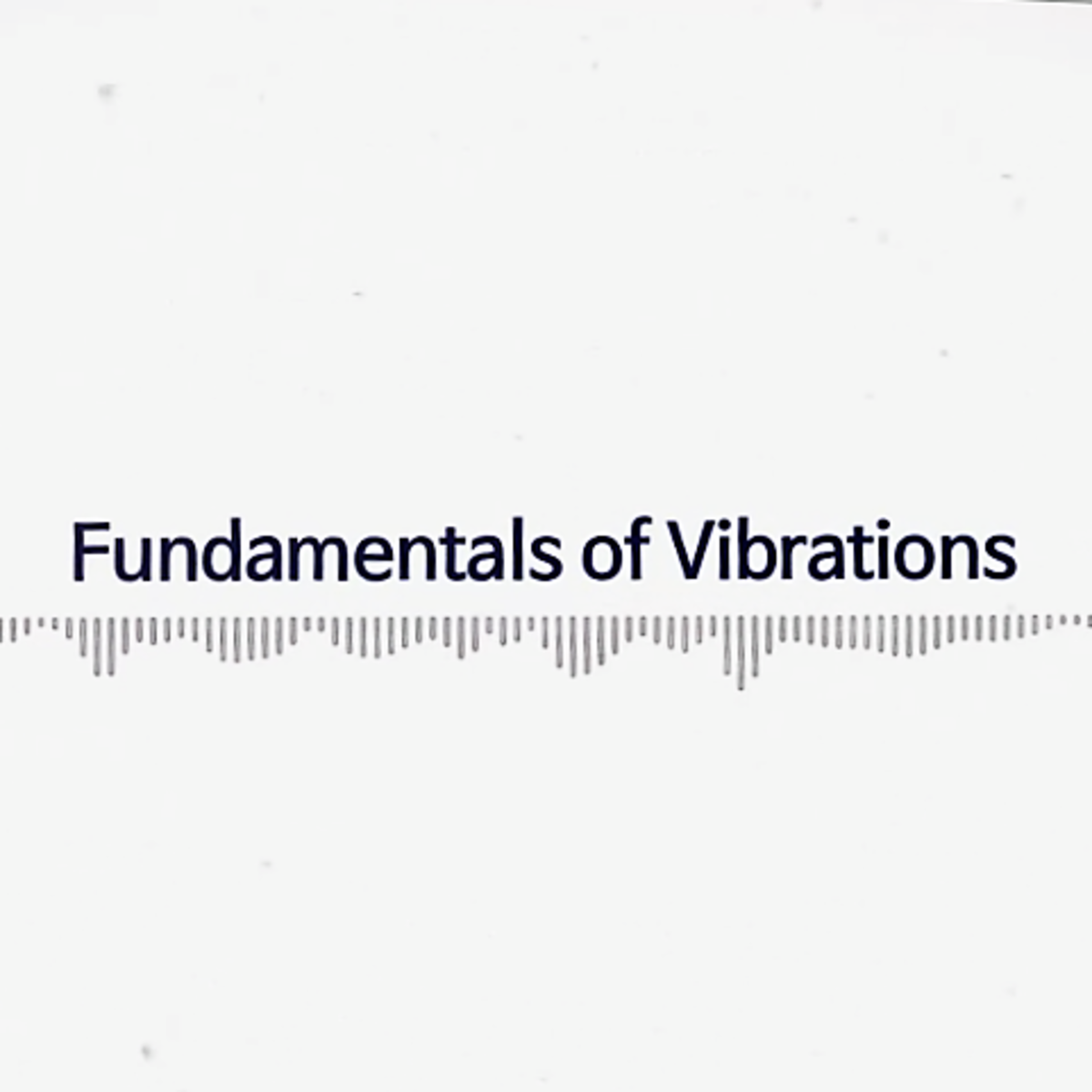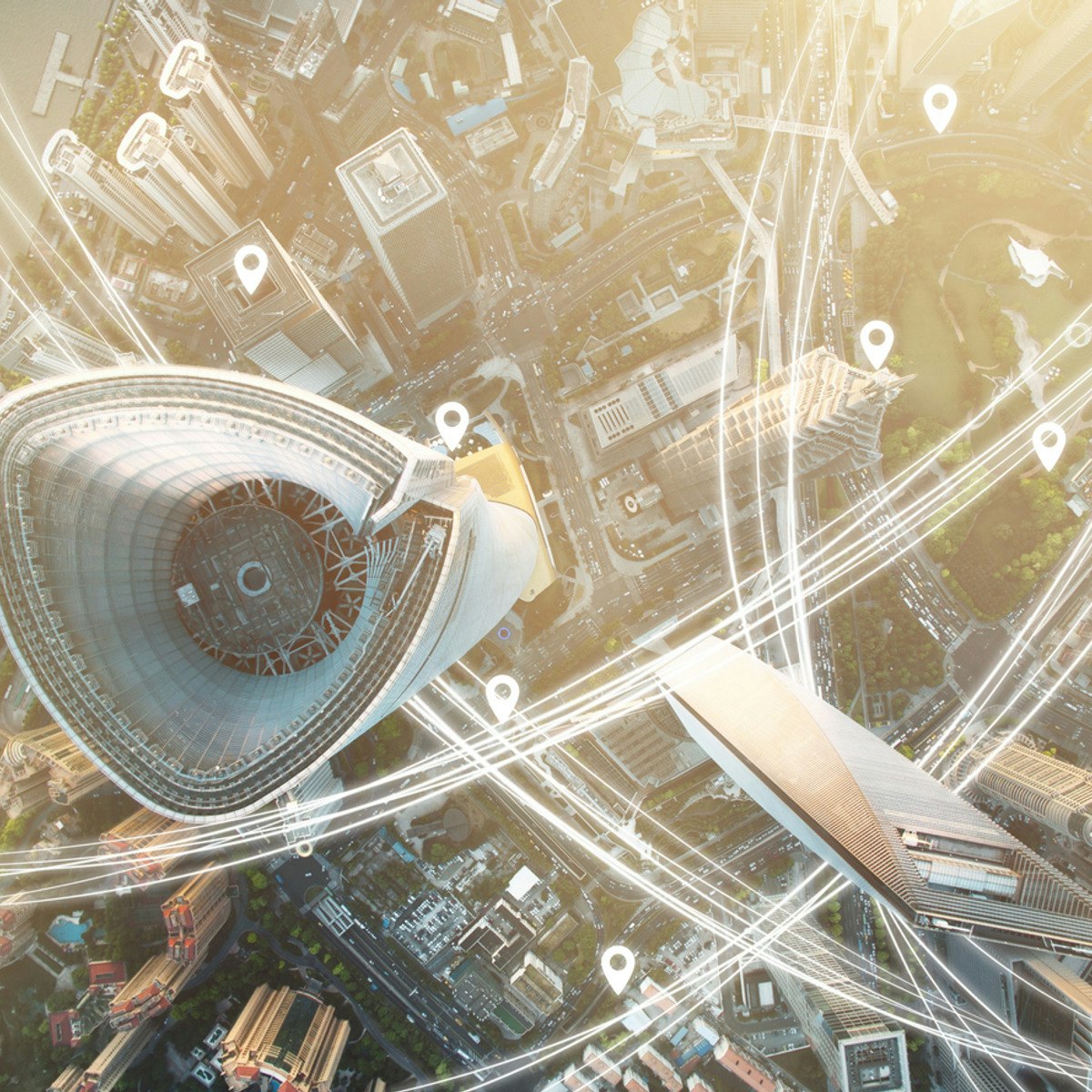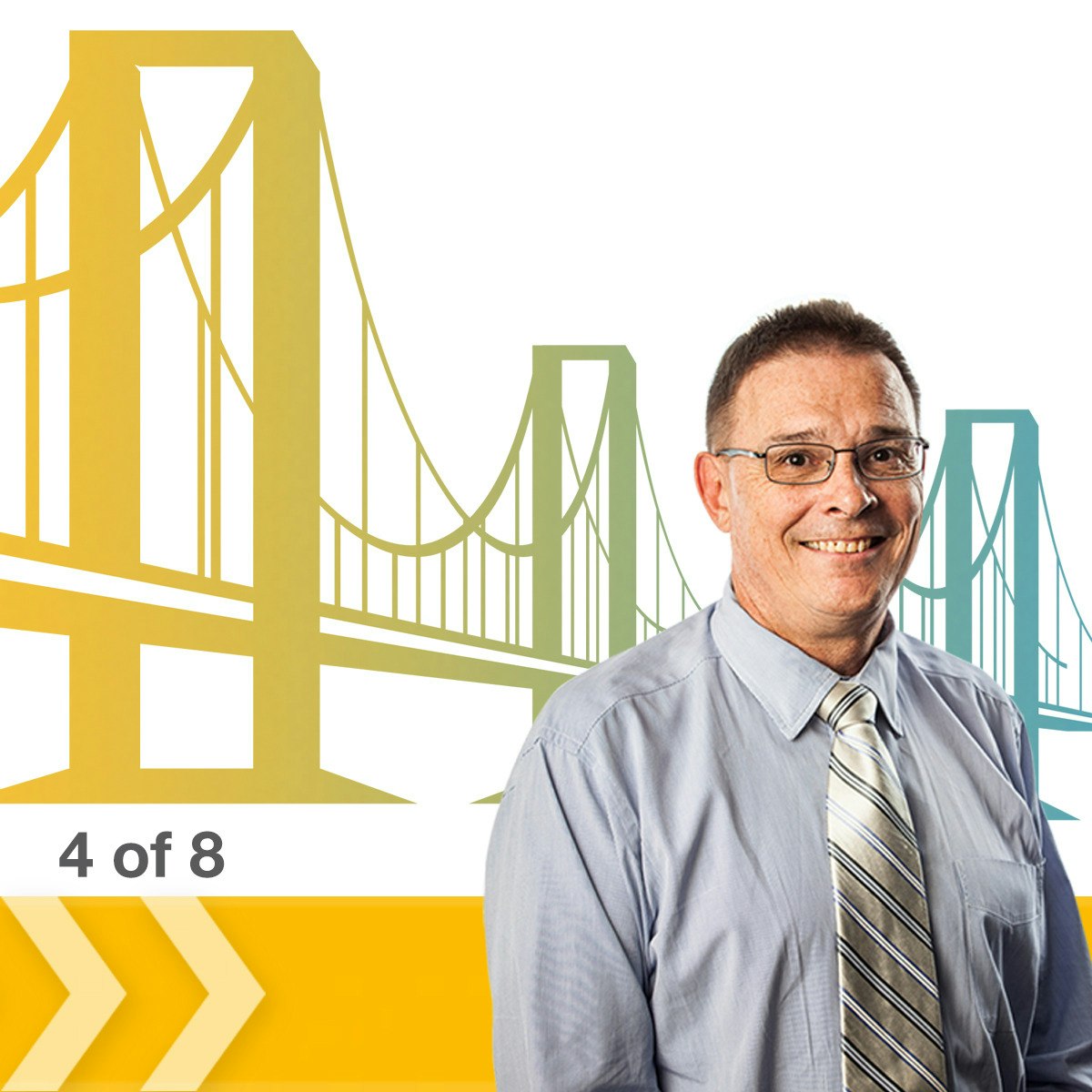Back to Courses









Mechanical Engineering Courses - Page 9
Showing results 81-90 of 148

Engineering of Structures: Compression
This course deals with compression. When we push an object, it compresses. Compression is what's going to hold up our building. Arches, vaults, domes, and anti-funicular forms help resist compression. In this course, you will learn about different columns and arches and their role in resisting compression. You'll also build anti-funicular forms. The first module introduces you to the topic compression and familiarizes you with the key terms related to compression. The second module deals with topics such as columns, arches, and other anti-funicular forms. It explores their roles in resisting compression. The final module explores how to build anti-funicular forms.

Major Engineering Project Performance
Manage large projects by identifying their key characteristics, examining the key factors and risks that affect their performance and exploring methods to counter their impact on the successful delivery of projects.
Looking into examples of best practice, you'll explore the relationship between projects, programmes and portfolios. You'll also discover the roles performed by the project manager, examine the difficulties associated with quantifying transaction costs in major project management and consider how different management approaches impact on these costs. Optimism bias and strategic misinterpretation regularly cause delays to major engineering projects. Using stimulating case studies, you'll evaluate the measures of success and compare and contrast 'project success' versus 'project management success'. In the final week of the course, you'll research and present a contemporary example of a major engineering project from your own country.
This course explores concepts analysed in the University’s Online MSc in Engineering Management. If you are interested to develop your skills further, take a look at our online degree.

Intelligent Machining
Manufacturers are increasingly utilizing machine tools that are self-aware – they perceive their own states and the state of the surrounding environment – and are able to make decisions related to machine activity processes. This is called intelligent machining, and through this course students will receive a primer on its background, tools and related terminology.
Learn how the integration of smart sensors and controls are helping to improve productivity. You’ll be exposed to various sensors and sensing techniques, process control strategies, and open architecture systems that can be leveraged to enable intelligent machining. This course will prepare you to contribute to the implementation of intelligent machining projects.
Main concepts of this course will be delivered through lectures, readings, discussions and various videos.
This is the fifth course in the Digital Manufacturing & Design Technology specialization that explores the many facets of manufacturing’s “Fourth Revolution,” aka Industry 4.0, and features a culminating project involving creation of a roadmap to achieve a self-established DMD-related professional goal. To learn more about the Digital Manufacturing and Design Technology specialization, please watch the overview video by copying and pasting the following link into your web browser: https://youtu.be/wETK1O9c-CA

Introduction to Basic Vibrations
Introduction to Basic Vibrations starts with the fundamental principle of vibrations with a single and double degree of freedom systems. These fundamental vibration systems provide a solid platform not only to understand general vibrations but also to apply or use them into simple mechanical problems.

Urban Air Mobility
View the course trailer: https://www.youtube.com/watch?v=EimqY7-0yRs&t=33s
How can the traffic collapse of the global multimillion cities be prevented? One way out could lead upwards: Urban air transport. By 2030, it is estimated that around 60 percent of humanity will live in cities. If it is possible to shift some of the traffic from the roads to the air, researchers believe this could help to further ensure the basic human need for mobility. But there are still some technical, social, and legal preconditions to be met.
The course gives a first introduction to the relatively new field of Urban Air Mobility, explaining the technical background as well as giving an overview of all other necessities such as air traffic management, public acceptance, and ecological sustainability. This course is primarily aimed at master's students and PhD candidates and young professionals interested in exploring new fields in aerospace.

Advanced Manufacturing Process Analysis
Variability is a fact of life in manufacturing environments, impacting product quality and yield. Through this course, students will learn why performing advanced analysis of manufacturing processes is integral for diagnosing and correcting operational flaws in order to improve yields and reduce costs.
Gain insights into the best ways to collect, prepare and analyze data, as well as computational platforms that can be leveraged to collect and process data over sustained periods of time. Become better prepared to participate as a member of an advanced analysis team and share valuable inputs on effective implementation.
Main concepts of this course will be delivered through lectures, readings, discussions and various videos.
This is the fourth course in the Digital Manufacturing & Design Technology specialization that explores the many facets of manufacturing’s “Fourth Revolution,” aka Industry 4.0, and features a culminating project involving creation of a roadmap to achieve a self-established DMD-related professional goal. To learn more about the Digital Manufacturing and Design Technology specialization, please watch the overview video by copying and pasting the following link into your web browser: https://youtu.be/wETK1O9c-CA
Mastering Statics
Course Overview: https://www.youtube.com/watch?v=sdom7zBIfkE
Statics is the most fundamental course in Mechanics.
In this course, you will learn the conditions under which an object or a structure subjected to time-invariant (static) forces is in equilibrium - i.e. the conditions under which it remains stationary or moves with a constant velocity-.
You will also learn how to calculate the reaction forces as well as the internal forces experienced throughout the structure so that later you can properly design and size the foundation and the members of the structure to assure the structure’s safety and serviceability.
This course is suitable for learners with interest in different Engineering disciplines such as civil engineering, architecture, mechanical engineering, aerospace.
Non engineering disciplines may also find the course very useful, from archaeologist who are concerned about the stability of their excavation sites to dentists interested in understanding the forces transmitted through dental bridges, to orthopedic surgeons concerned about the forces transmitted through the spine, or a hip or knee joint.
The content will be primarily delivered using light board. Prof. Katafygiotis is going to write and sketch with color markers directly on the board while facing you. You will have an exciting and interactive learning experience online!

Advanced Engineering Systems in Motion: Dynamics of Three Dimensional (3D) Motion
This course is an advanced study of bodies in motion as applied to engineering systems and structures. We will study the dynamics of rigid bodies in 3D motion. This will consist of both the kinematics and kinetics of motion. Kinematics deals with the geometrical aspects of motion describing position, velocity, and acceleration, all as a function of time. Kinetics is the study of forces acting on these bodies and how it affects their motion.
---------------------------
Recommended Background:
To be successful in the course you will need to have mastered basic engineering mechanics concepts and to have successfully completed my course entitled Engineering Systems in Motion: Dynamics of Particles and Bodies in 2D Motion.” We will apply many of the engineering fundamentals learned in those classes and you will need those skills before attempting this course.
---------------------------
Suggested Readings:
While no specific textbook is required, this course is designed to be compatible with any standard engineering dynamics textbook. You will find a book like this useful as a reference and for completing additional practice problems to enhance your learning of the material.
---------------------------
The copyright of all content and materials in this course are owned by either the Georgia Tech Research Corporation or Dr. Wayne Whiteman. By participating in the course or using the content or materials, whether in whole or in part, you agree that you may download and use any content and/or material in this course for your own personal, non-commercial use only in a manner consistent with a student of any academic course. Any other use of the content and materials, including use by other academic universities or entities, is prohibited without express written permission of the Georgia Tech Research Corporation. Interested parties may contact Dr. Wayne Whiteman directly for information regarding the procedure to obtain a non-exclusive license.

Autodesk Certified Professional: Revit for Structural Design Exam Prep
Prove to potential employers that you’re up to the task by becoming an Autodesk Certified Professional. This online course from Autodesk® introduces you to the advanced features of Revit™ for Structure, a tool to support Building Information Modeling and delivery of 3D digital models and related documentation. The course prepares you by offering an overview of skills that match what is covered on the Autodesk Certified Professional: Revit for Structural Design exam. The lessons are structured to match the exam’s objective domains and follow the typical workflow and features of the Revit software.
About the Autodesk Certified Professional: Revit for Structural Design exam:
A successful candidate for the Autodesk Certified Professional: Revit for Structural Design certification has a combination of approximately 400-1200 hours of training and hands-on experience with Revit in a structural environment; is familiar with product features and capabilities; and is knowledgeable in relevant workflows, processes, and project objectives. The candidate can perform routine tasks involved in their job role with limited assistance from peers, product documentation, and support services. The minimally qualified candidate can efficiently set up and manage a project and work in collaboration with colleagues. Additionally, the successful candidate can utilize Revit modeling and documentation tools and methodologies to produce quality deliverables working with minimal supervision.
The Autodesk Certified Professional (ACP) certifications exams can be taken at a Pearson VUE Testing Center or through OnVUE, Pearson VUE’s online proctored environment. Candidates are given 120 minutes to complete a certification exam and should review the testing center polices and requirements before scheduling. Ready to take the exam? Schedule to take the exam online or find a testing center near you on Pearsonvue.com/Autodesk.
Looking for more skill-building courses? Check out Autodesk’s additional learning resources to help with your learning journey: https://www.autodesk.com/learning

Robotics: Capstone
In our 6 week Robotics Capstone, we will give you a chance to implement a solution for a real world problem based on the content you learnt from the courses in your robotics specialization. It will also give you a chance to use mathematical and programming methods that researchers use in robotics labs.
You will choose from two tracks - In the simulation track, you will use Matlab to simulate a mobile inverted pendulum or MIP. The material required for this capstone track is based on courses in mobility, aerial robotics, and estimation. In the hardware track you will need to purchase and assemble a rover kit, a raspberry pi, a pi camera, and IMU to allow your rover to navigate autonomously through your own environment
Hands-on programming experience will demonstrate that you have acquired the foundations of robot movement, planning, and perception, and that you are able to translate them to a variety of practical applications in real world problems. Completion of the capstone will better prepare you to enter the field of Robotics as well as an expansive and growing number of other career paths where robots are changing the landscape of nearly every industry.
Please refer to the syllabus below for a week by week breakdown of each track.
Week 1
Introduction
MIP Track: Using MATLAB for Dynamic Simulations
AR Track: Dijkstra's and Purchasing the Kit
Quiz: A1.2 Integrating an ODE with MATLAB
Programming Assignment: B1.3 Dijkstra's Algorithm in Python
Week 2
MIP Track: PD Control for Second-Order Systems
AR Track: Assembling the Rover
Quiz: A2.2 PD Tracking
Quiz: B2.10 Demonstrating your Completed Rover
Week 3
MIP Track: Using an EKF to get scalar orientation from an IMU
AR Track: Calibration
Quiz: A3.2 EKF for Scalar Attitude Estimation
Quiz: B3.8 Calibration
Week 4
MIP Track: Modeling a Mobile Inverted Pendulum (MIP)
AR Track: Designing a Controller for the Rover
Quiz: A4.2 Dynamical simulation of a MIP
Peer Graded Assignment: B4.2 Programming a Tag Following Algorithm
Week 5
MIP Track: Local linearization of a MIP and linearized control
AR Track: An Extended Kalman Filter for State Estimation
Quiz: A5.2 Balancing Control of a MIP
Peer Graded Assignment: B5.2 An Extended Kalman Filter for State Estimation
Week 6
MIP Track: Feedback motion planning for the MIP
AR Track: Integration
Quiz: A6.2 Noise-Robust Control and Planning for the MIP
Peer Graded Assignment: B6.2 Completing your Autonomous Rover
Popular Internships and Jobs by Categories
Find Jobs & Internships
Browse
© 2024 BoostGrad | All rights reserved